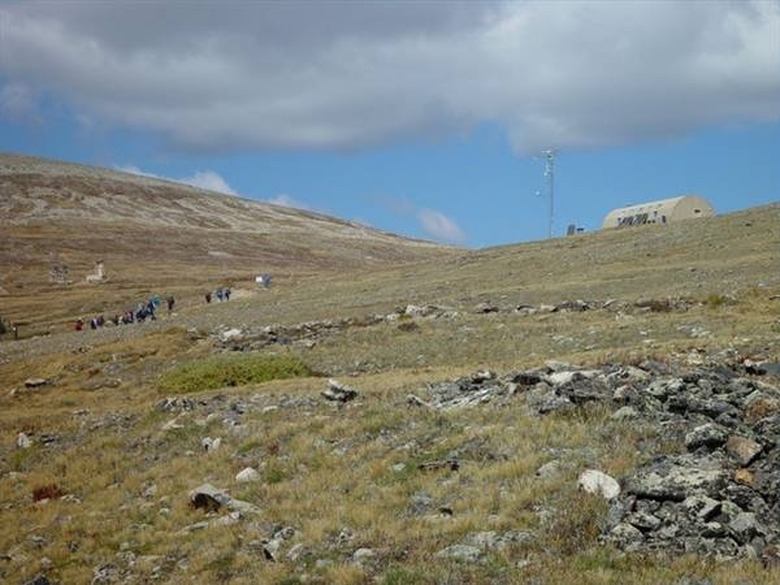What Is The Weather Like In A Tundra?
The tundra is an inhospitable land for human beings. Lacking trees, it can seem like a strange and barren place. The weather in the tundra regions of the world actually resembles that of another region of the globe in one very important way. However stark the tundra appears at first glance and no matter how severe the weather, it still supports life.
Types
Types
There are two types of tundra as classified by science. One is the alpine tundra, which can be found at any very high altitude on mountainsides. The other type of tundra is Arctic tundra, which occurs in the far northern hemisphere and in parts of Antarctica. Both tundras share similar characteristics; they are swept by windy cold weather and there is little plant life. However, the alpine tundra lacks permafrost, which is a trait of the Arctic tundra. Permafrost occurs when the soil is frozen up to 3 feet down.
Time Frame
Time Frame
In the summer, the Arctic tundra can achieve temperatures that are close to 50 degrees, but it can still dip below freezing at night. The permafrost melts during the summer, creating swamps, bogs and lakes that breed insects by the millions. In the winter, the tundra is a harsher place. It can be as cold as -50 degrees F and the average is a bone chilling -20 degrees F.
Features
Features
One of the unrelenting features of the tundra is the constant wind. Winds can reach 60 miles an hour and they are always present as there are no trees to break up the gusts. Another feature of the tundra is a lack of precipitation. The average rainfall annually in tundra regions is just 6 to 10 inches, with most of that falling in the summer months. This means that the tundra has less rain than some of the deserts of the world. Depending on how close to the poles you are, you will experience long days of sunlight in the summer and long nights in the winter months becasue of the angle of the sun.
Misconceptions
Misconceptions
People think that nothing can grow on the tundra but this is not true. Despite the presence of the permafrost, which makes it impossible for any large trees to put down roots that would support them, many species of plants grow on the tundra. Short trees like dwarf willows are found on the tundra along with small birches no taller than a child. The predominant plants though are mosses and lichens. Animals such as the barren ground caribou, the lemming, the Arctic hare, Arctic fox and the polar bear all call the tundra home.
Considerations
Considerations
The Antarctic has regions where there is tundra, including several of the islands that surround the frozen continent. Although the vast majority of Antarctica is covered by a sheet of ice, there are areas where rocky soil can support lichens and mosses. Algae can grow on the tundra of Antarctica, which actually supports two species of flowering plants.
Cite This Article
MLA
Lindell, John. "What Is The Weather Like In A Tundra?" sciencing.com, https://www.sciencing.com/what-weather-like-tundra-4586091/. 22 November 2019.
APA
Lindell, John. (2019, November 22). What Is The Weather Like In A Tundra?. sciencing.com. Retrieved from https://www.sciencing.com/what-weather-like-tundra-4586091/
Chicago
Lindell, John. What Is The Weather Like In A Tundra? last modified March 24, 2022. https://www.sciencing.com/what-weather-like-tundra-4586091/
